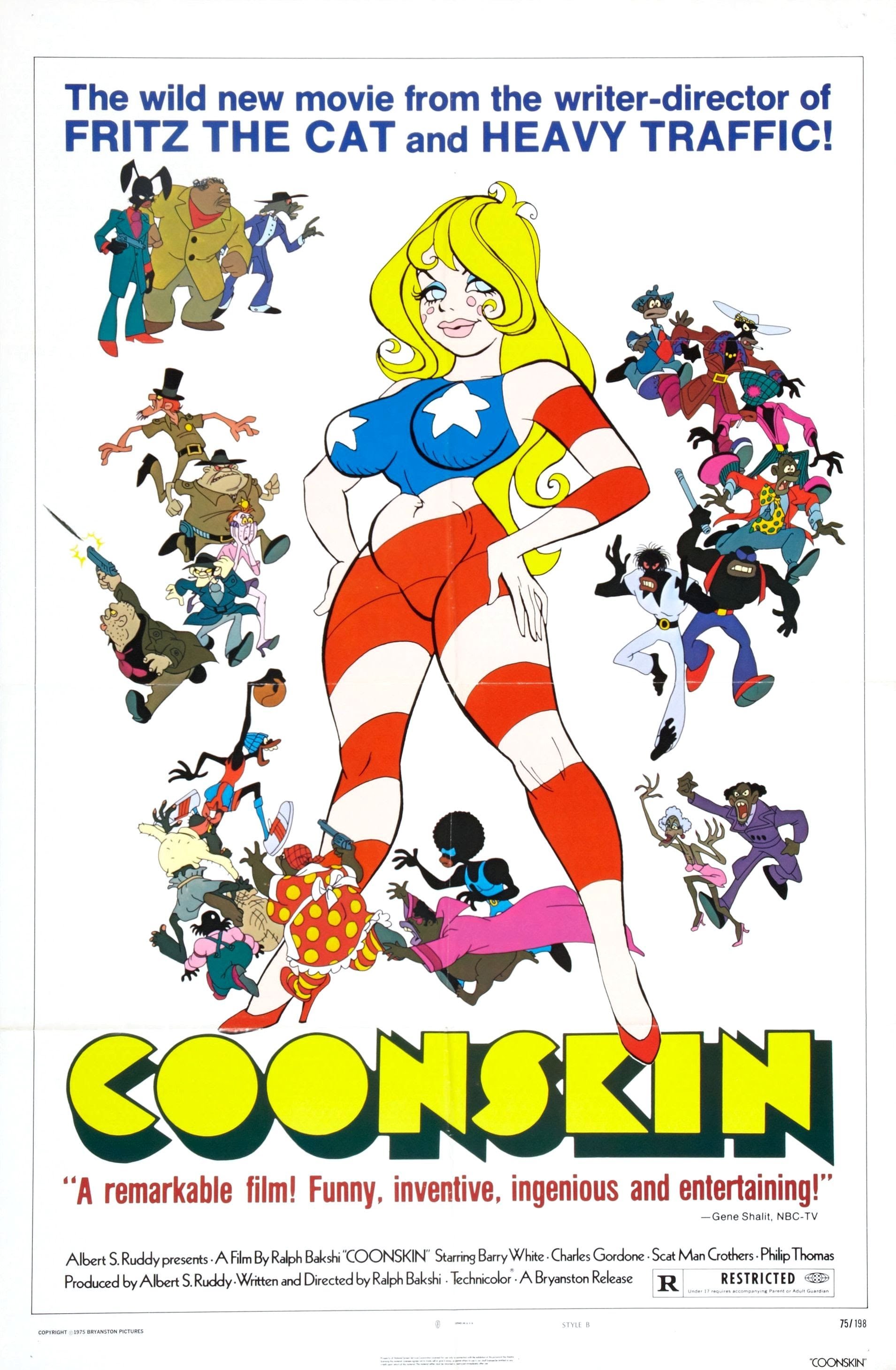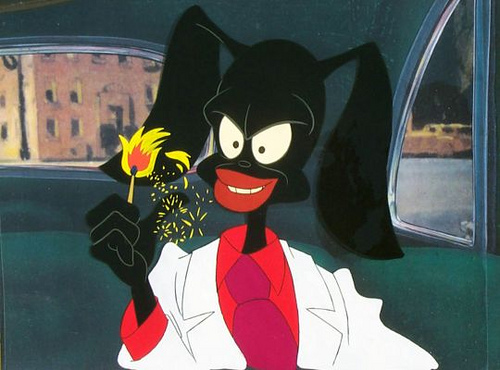
In the late 1970s, quite a few performers of a certain age glommed on to the disco craze and came out with four on the floor-flavored albums of their own (thinking of you, Ethel Merman and Fred Astaire). Later on, of course, a similar thing happened to rap, as Rodney Dangerfield might be the first to tell us. (And no, Rodney’s rap got no respect and deserved none.)
You don’t think of that happening to punk—it’s difficult to imagine Ethyl Merman covering “Belsen Was Gas” in a green mohawk—but occasionally you’d get weird things like 1980’s Chipmunk Punk, which, as my colleague Ron Kretsch pointed out, covered in squeaky fashion such “punk” legends as Billy Joel, Tom Petty, and Linda Ronstadt.
In the same vein was Pink Panther Punk, which came out in 1981 and which (seriously, guys?) ALSO featured a cover of a Billy Joel song. (Chipmunk Punk at least had the good sense to cover one of Joel’s harder cuts, “You May Be Right”; for reasons that will become obvious in due course, Pink Panther Punk selected a song of Joel’s with a far more ambiguous relationship to the punk movement, “It’s Still Rock and Roll to Me.”)

Not only was Pink Panther Punk a bizarre idea from the bottom up—why do a punk tribute album for an animated character who almost never spoke? The Panther’s fans had no real idea what he sounded like, after all. But even more palpable was the barely suppressed rage directed at the punk movement. The Pink Panther is pretty much synonymous with Henry Mancini as well as the hard bebop that appeared in many of the Pink Panther shorts, both of which decidedly represented the old guard music-wise compared to the new and vital movement ushered in by the Ramones and Sex Pistols.
The hostility towards punk evinced on Pink Panther Punk is evident mainly in the sheer ignorance of punk on the part of those responsible for the album. The album cover depicts a montage of the Panther playing such essential punk instruments as the saxophone and the synthesizer. The closest the album comes to covering a punk classic is Blondie’s “Call Me”—Blondie may have been regulars at CBGB but that song has little to do with punk rock.
In addition to “Call Me,” the album features covers of Pink Floyd’s “Another Brick in the Wall” and the Doobie Brothers’ “What a Fool Believes.” We’ve already mentioned Joel’s “It’s Still Rock and Roll to Me,” which is, it’s fair to say, Joel’s more traditionally oriented “response” to the lively brew of new music forms percolating in the mid- to late 1970s, including punk.
The clincher is the first song on the second side, which was called “It’s Punk!” The song introduces a “band” that is rather lazily called the Pink Punks—the song was obviously conceived as something like a Mad Magazine style treatment of what was obviously a fad. The song itself has nothing to do with punk, and indeed would not be out of place on, say, the Grease soundtrack.
All the songs that weren’t covers were written by John Braden, whose other credits include Stories from The Dukes of Hazzard and Strawberry Shortcake’s Touch Your Toes, Touch Your Nose Fun & Exercise Album.
If you are unsure of how much of a fan Braden was of punk music, just read the lyrics to “It’s Punk!”:
Why do all the people point at us and stare?
At our motorcycle jackets and the crazy clothes we wear?
Maybe it’s our makeup or our green and purple hair
I’m sure they have their reasons, but frankly we don’t care!
Well it’s true that we look ragged, in a state of disrepair
But let us turn you on to a secret that we share
It’s all a great big act that we put on for you squares
Because while you’re working 9 to 5, we’ll be millionaires!
Punk—it’s junk, it’s punk, it’s bunk
It rocks, it socks, it mocks, it shocks
It’s old, it’s cold, it’s old, it’s gold
It yells, it smells, it smells, it sells
It’s punk!
It’s slick, it’s trick, it’s thick, it’s sick
It’s chic, it’s meek, it’s freak, it’s weak
It’s fright, it’s smike, it’s dyke, it’s like
It’s through, it’s new, it’s residue
It’s punk!
How can you like it if you’ve never tried it?
Who cares if you like it as long as you buy it?
It’s sold, it smells, it’s gold, it sells
It’s punk!
More after the jump…
Posted by Martin Schneider
|
05.06.2016
02:59 pm
|





















